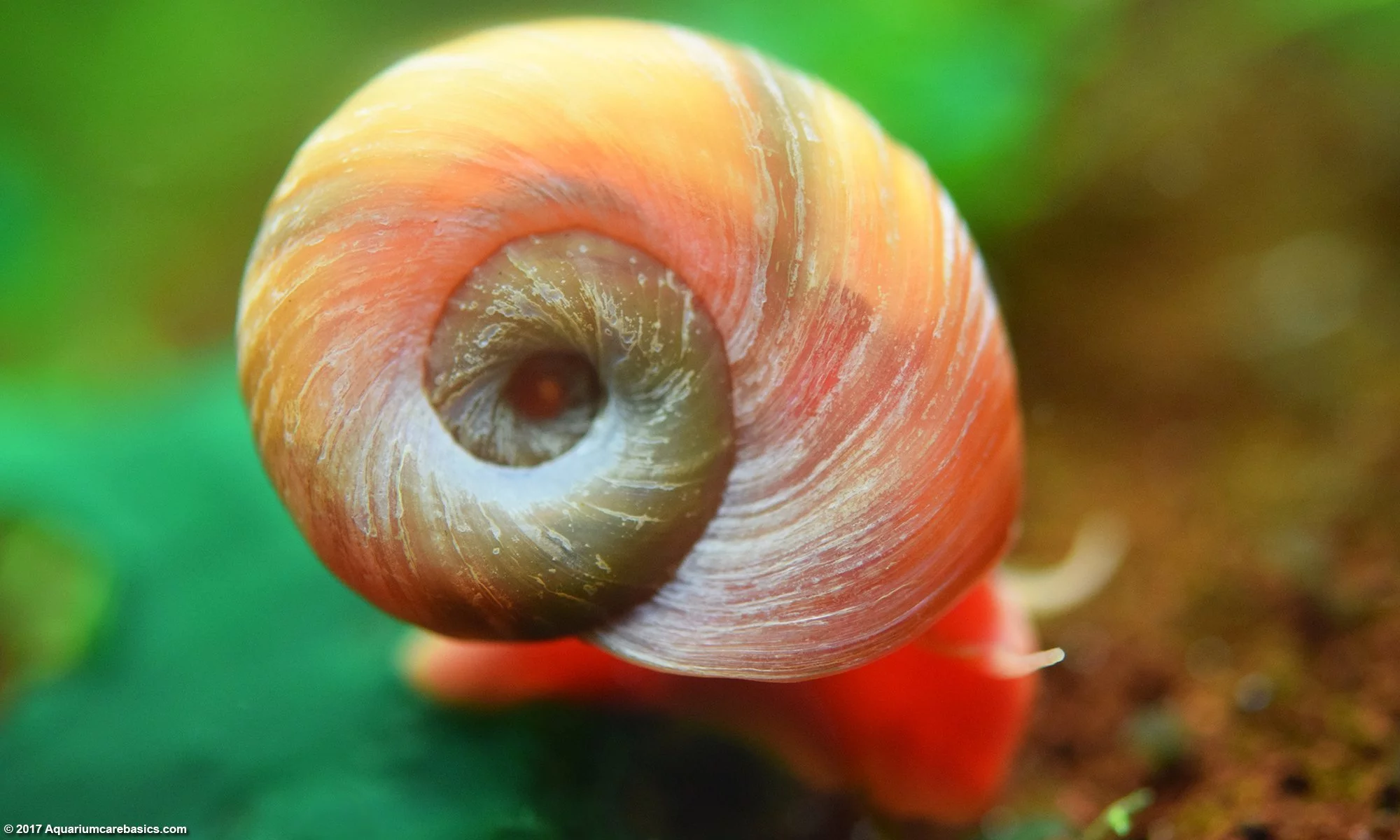Hello everyone!
In my previous posts, I have been talking about acidic deposition and its effects on amphibians. Whilst learning more about such occurrences, I came across another study on nutrients pollution driving frog deformities and I thought it would be interesting to share this with everyone.
Deformed frogs flopping around, often found near cattle ponds and other wetlands in North America, began in the nineties and continued at a rapid pace. Incidences of deformities have increased by 20-30% of some frog populations as compared to the past (Fitzpatrick, 2016). Also demonstrated in Figure 1. It was later found that farming practices and development leading to the release of high levels of nitrogen and phosphorus were causing massive eutrophication.
 Figure 1. Numbers of published articles (bars) and malformed amphibians (line) observed in wild amphibian populations within the USA and Canada (1850–2003) (Johnson & Chase, 2004)
Figure 1. Numbers of published articles (bars) and malformed amphibians (line) observed in wild amphibian populations within the USA and Canada (1850–2003) (Johnson & Chase, 2004)
According to a new study led by the University of Colorado at Boulder (Johnson & Chase, 2004), the study showed increased levels of nutrients cause a sharp increase in the abundance and reproduction of snail species that host microscopic parasites. Specifically the Planorbella spp. of snails (Figure 2) that are the exclusive first intermediate hosts of Ribeiroia ondatrae, flatworm parasite. The nutrients stimulate algae growth which increases snail populations and infectious parasites released into water bodies by these snails. The parasite larvae penetrate the tadpoles’ tissue forming cysts in the developing limbs causing various deformities like missing limbs, extra limbs etc.

Figure 2. Ramshorn snail (Aquarium Care Basics, 2019)
The Ribeiroia parasite has a complex, multi-host life cycle that requires it to transform into different phases to survive (Figure 3).
 Figure 3. Life cycle of R. ondatrae
Figure 3. Life cycle of R. ondatrae
I would like to suggest that you watch this video from one of my favourite series “The Most Extreme” on Animal Planet when I was younger. They gave a clear explanation of the life cycle of R. ondatrae showing their transformation.
As mentioned in the video, in order for the Ribeiroia to complete its life cycle, the infected frog must be consumed by a suitable definitive host, in this case, the heron, allowing for sexual reproduction and egg production. In order to ensure their life cycle can be completed, they are thus capable of forming cysts causing various deformations. These deformed frogs are often crippled or unable to move as quickly making them easy targets for their predators. They almost never reach sexual maturity causing a downward spiraling of their populations.
Unraveling the complexities of the downward spiral of frogs’ is no easy task, especially when the causes are so diverse ranging from pesticides, parasites, diseases, and habitat loss. However, one thing we know is that the increased levels of Ribeiroia infection will exacerbate mortality in the larval and metamorphic stages of many amphibian species. The continued inputs of excess nutrients could cause the shifts in abundance and composition of adult amphibian communities to an extent even we are unsure of.
Dr Jonathan Chase once said:
“We’re showing that humans have probably created more deformed frogs through eutrophication by way of a series of complex interactions in the pond food web. Add habitat destruction to all of these other concerns and there’s no question that humans are messing up frogs left and right.”
What Dr Chase said really makes us rethink to what extent are we causing harm to these creatures without even knowing while reaping all these short-term benefits. More active actions need to be taken and for future activities to be carried out with more precautions such that we can minimize future losses.
Hopefully, this was an interesting read for you that made you rethink human actions and our impact. That brings me to the end of this post.
See you guys soon!
References
Aquarium Care Basics. (2019, March 22). Ramshorn Snail Care, Size, Food, Reproduction, Lifespan. Retrieved October 15, 2020, from https://www.aquariumcarebasics.com/freshwater-snails/ramshorn-snail/
Fitzpatrick, T. (2016, January 13). Excess levels of nitrogen, phosphorus causing deformed frogs. Retrieved October 14, 2020, from https://source.wustl.edu/2004/09/excess-levels-of-nitrogen-phosphorus-causing-deformed-frogs/
Johnson, P. T., & Chase, J. M. (2004). Parasites in the food web: Linking amphibian malformations and aquatic eutrophication. Ecology Letters, 7(7), 521-526. doi:10.1111/j.1461-0248.2004.00610.x








